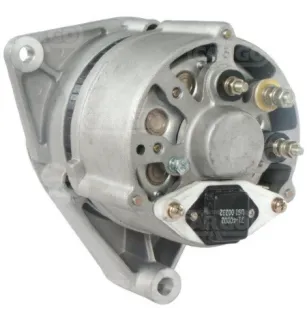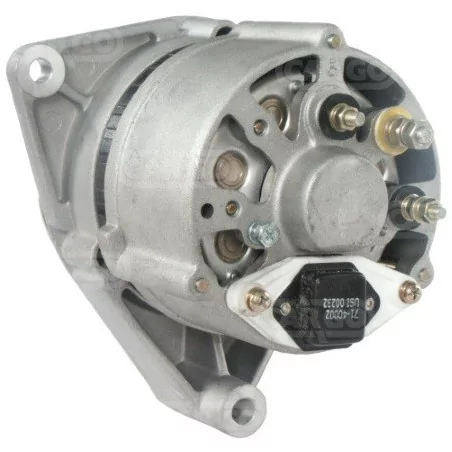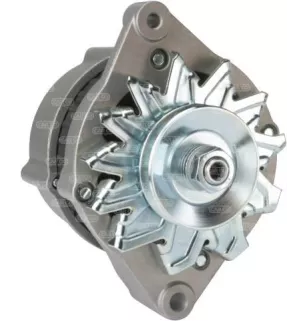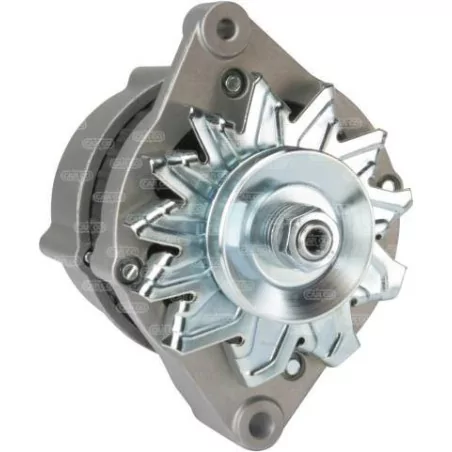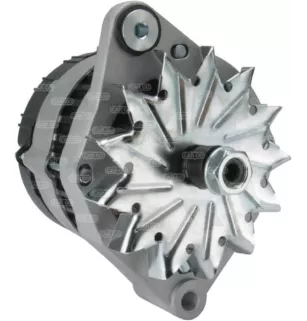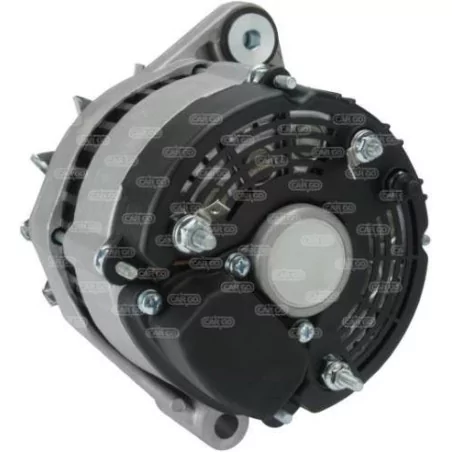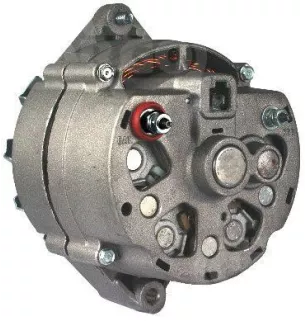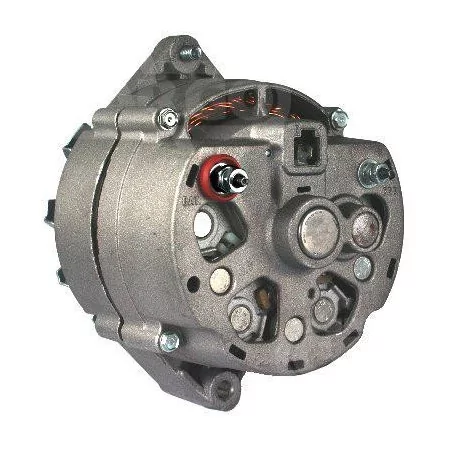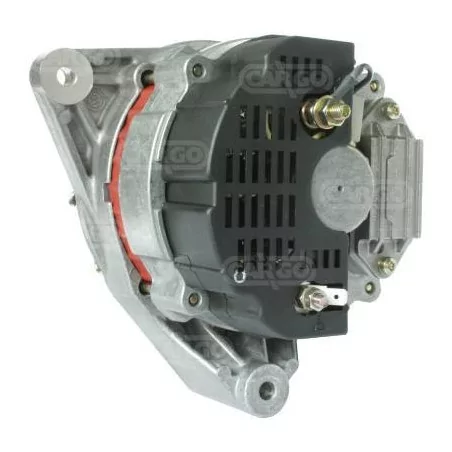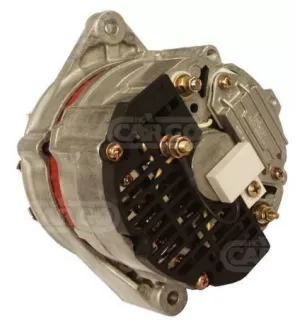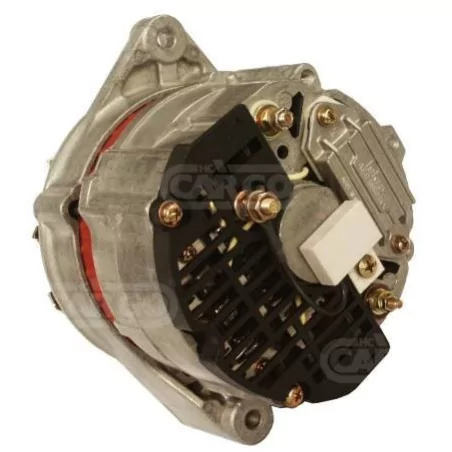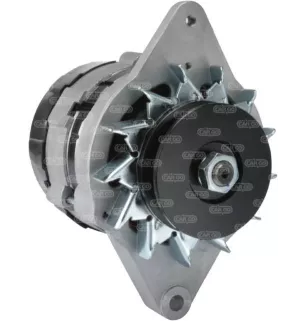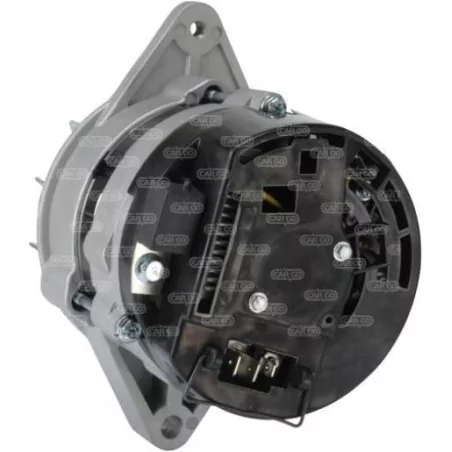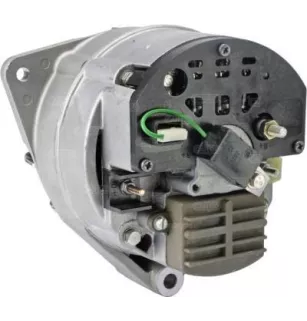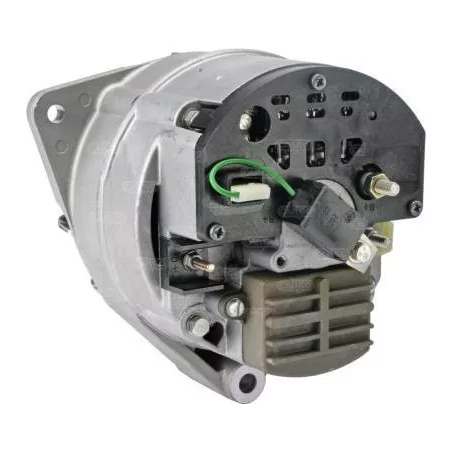Livraison 24/48H - Départ Le Jour Même Avant 16H00 - France, Europe, Monde
228 products
Alternator 14V 33Amp Bosch 0120339521, 0120339536, STEINBOCK 026205, Iskra 11.201.115, 11.201.116

Tractor alternator Fendt, Massey, Renault, Case, Same, Ford, Fiat
The natural wear and tear of the mechanical parts of the alternator is one of the causes of tractor breakdowns, which is why this element requires regular maintenance.
What is a tractor alternator used for?
Alternators constitute technical parts which ensure the conversion of mechanical/kinetic energy into electrical energy. The alternator also takes care of the transmission of electrical energy to different parts of a tractor. In addition to these functions:
- Recharging the tractor battery by transforming the kinetic energy of the motor into electrical energy for the battery
- Supplying the tractor starter with electrical energy after starting the vehicle
- Power supply for all of the vehicle's electrical equipment, such as the alarm , lighting, clock…
Some users often confuse the tractor alternator with the dynamo. Unlike an alternator, a dynamo is reversible. It can be used as a motor, because the material is able to convert electrical energy into mechanical energy.
The different parts of a tractor alternator
The tractor alternator is made up of different parts, in this case:
- Tabs of the alternator which are used to fix the device on the engine
- From the pulley which receives the mechanical/kinetic energy from the motor through the engine crown
- Of an axis of the alternator
- Connections: one connection to the battery and one connection to the starter
- A regulator that regulates the voltage at which the battery is recharged.If the charging voltage decreases, the regulator increases the charging intensity and speeds up the battery recharging procedures.
The main characteristics of a tractor alternator
The different models of tractor alternators differ depending on:
- The thickness of the legs
- The total length of the alternator
- The diameter of the pulley
- The distance between the holes
- The number of grooves
- The drilling diameter of the legs











